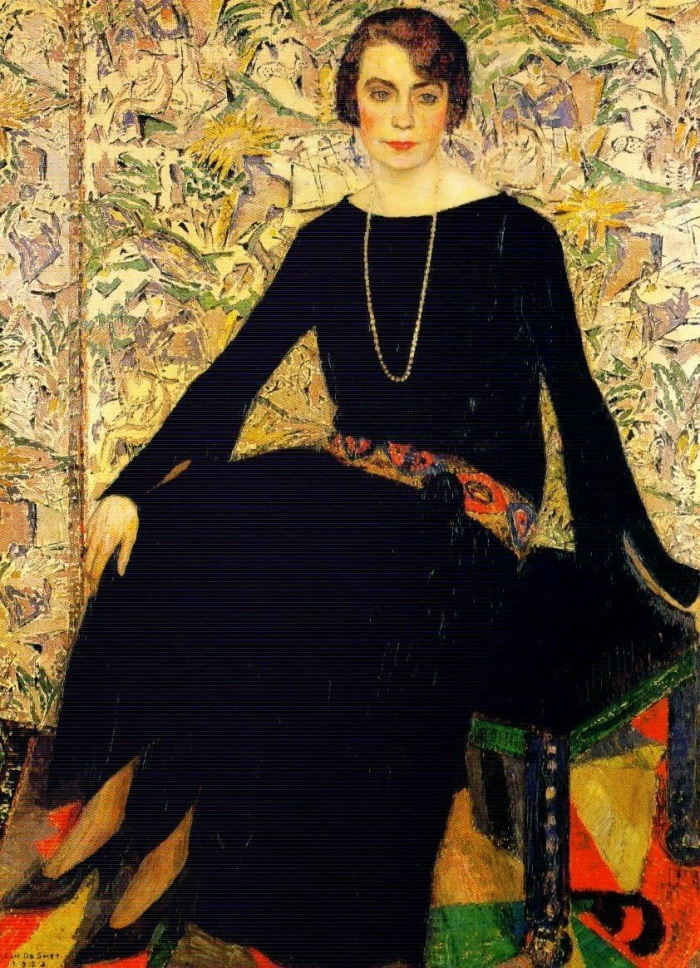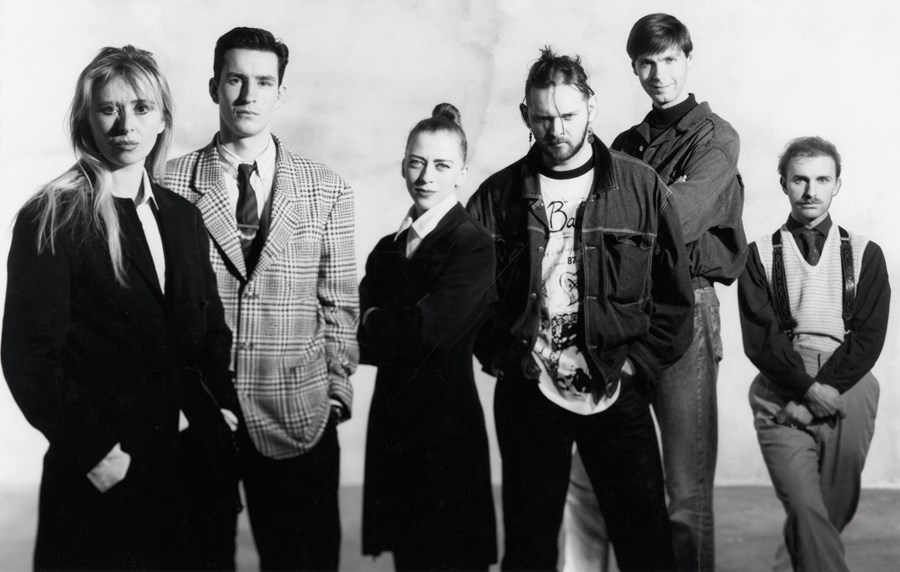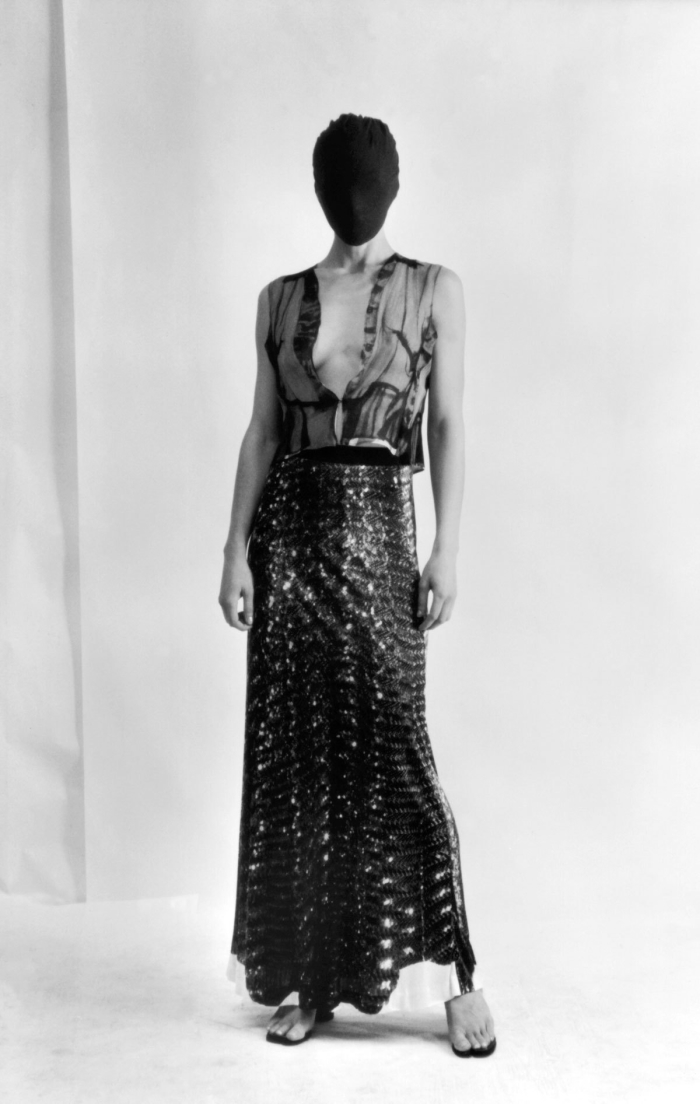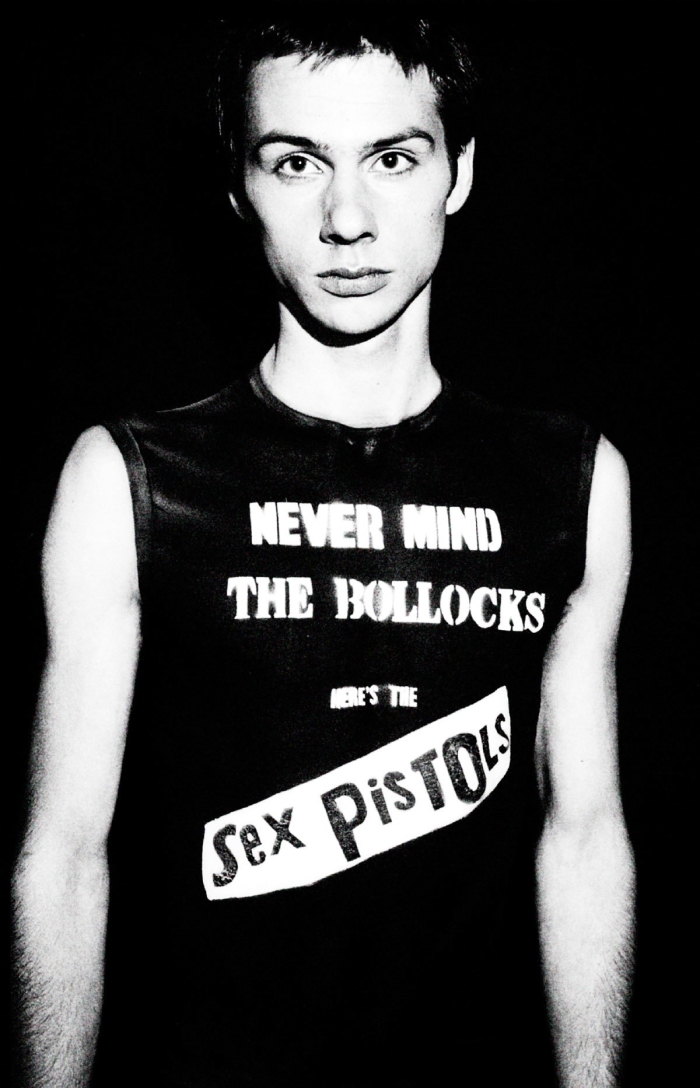In the wake of this week’s harrowing events in Brussels, the world has expressed support for the Belgian people through displays as large as lighting up monuments with the Belgian flag, and as small as a social media post.
On Instagram multiple designers, photographers and significant fashion contributors have visually expressed solidarity, offering support from within the international fashion community. In the face of violence and terror, we have chosen to show solidarity with our friends in Brussels through spotlighting Belgium as one of Europe’s most invigorating fashion scenes; as a country that historically has inspired the international fashion community, and will continue to shine as such in the future.
Maison Norine

During the height of the roaring twenties, Belgium saw the arrival of Avant-garde and Modernist fashion, embracing the unique designs that resulted as a culturally defining movement. Norine Couture, established in this era, was the first fashion house that showcased collections designed in Belgium, as opposed to imported from Paris. This was a majorly significant move as Norine Couture offered a unique, artistic alternative to Paris couture that supported local talent within Belgium.
Norine Couture was run by Paul-Gustave Van Hecke and Honorine “Norine” Deschryver, a charismatic couple who were deeply involved in Europe’s Modernist period. Surrounded by surrealist and expressionistic artists it is easy to identify the house’s major inspirations. Famously, René Magritte hand-created advertisements for the house.

Norine Couture lasted through the economic crisis of early 1930 and into World War Two, closing in the post-war era. The house’s legacy is greatly celebrated as a precursor for the domination of Avant-Guard in contemporary Belgian fashion, and the cementing of Avant-garde in Belgium’s cultural image.
The Antwerp Six

The Antwerp Six were a collective of significant Avant-garde designers, celebrated as some of Belgium’s most influential and successful fashion figures. They emerged in the 1980s from Antwerp’s Royal Academy of Fine Arts, renting a truck to travel to London’s Fashion Fair where their collections were met with massive success. The Six permanently put Antwerp on the map as an international fashion capital. In an interview with 1granary Geert Bruloot ,who traveled extensively with the Six, explained how their experience in London birthed their collective title. “As [Londoners] could not pronounce our names, they just started calling us The Antwerp Six.”
“They had this dream and this healthy naivety to believe in it. They knew that one day they would make it, but that was it. They were sure that what they were doing was good.”
The Antwerp Six are Marina Yee, Dries Van Noten, Ann Demeulemeester, Dirk Bikkembergs, Walter Van Beirendonck and Dirk Van Saen. The designers blurred the lines between Avant-garde art and wearable fashion reflecting the radical legacy left by Maison Norine.
Of the Antwerp Six, most are still living and working in Antwerp. Dries Van Noten significantly identifies Antwerp and its people as one of his major influences.
“One of the big luxuries of being in Antwerp is that I can easily walk in the city. In Paris and New York I am more recognized.”
Walter Van Beirendonck is currently Head of Fashion at the Royal Academy of Fine Arts, supporting Antwerp’s now thriving fashion scene by nurturing the next generation of young Belgian designers. The Antwerp scene is buoyed by initiatives such as ModeNatie, ‘fashion nation’, a celebrated fashion museum which is situated close to Van Noten’s own ‘Fashion Paradise’ store. This is a symbolic placement that shows the impact these six designers had on opening up the creative genius of Belgium to the international community.
Six Plus: Contemporaries Of The Antwerp Six
Maison Margiela is known internationally as the major contemporary fashion house to emerge from contemporary Belgium. Described by AnOther as “father of Belgian fashion,” Martin Margiela travelled often with the Antwerp Six, and was similarly a graduate from the Royal Academy of Fine Arts. The Margiela house remains incredibly relevant to contemporary fashion although it was established during the 1980s. Margiela was famously one of the first to raise the issue of sustainability in fashion, and continues to pioneer in driving a growing movement towards sustainability, and against fast-fashion.

Raf Simons did not graduate from the Royal Academy of Fine Arts with the Six and Margiela, but lived through the same period of international success. Famous for fashion described under slogans such as “live fast, die Bohemian,” the Flemish designer is amongst the most well-known and successful Belgians working internationally. Simons notably worked as an Artistic Director for Christian Dior, in addition to running a successful self-titled label.

Studio KRJST
Studio KRJST offers a window into the future of fashion in Belgium. In their own words, KRJST are an “artistic consortium created in order to merge creative skills and meet specific needs.” The Brussels-based collective bring together a wide array of artistic minds to collaborate on fashion and artistic projects, in Belgium and internationally.
KRJST team presented its Spring/Summer 2014 offering during Paris Fashion Week, and was featured in the BOZAR exhibition The Belgians: An Unexpected Fashion Story as the future of Belgian fashion.
“For me KRJST represents a new generation that understands what came before, but can find their own place. It’s difficult to be a designer when you succeed Margiela, Dries, Ann, Raf… They are so strong that to find your own place and style isn’t easy. The girls from KRJST show that it’s possible.”











